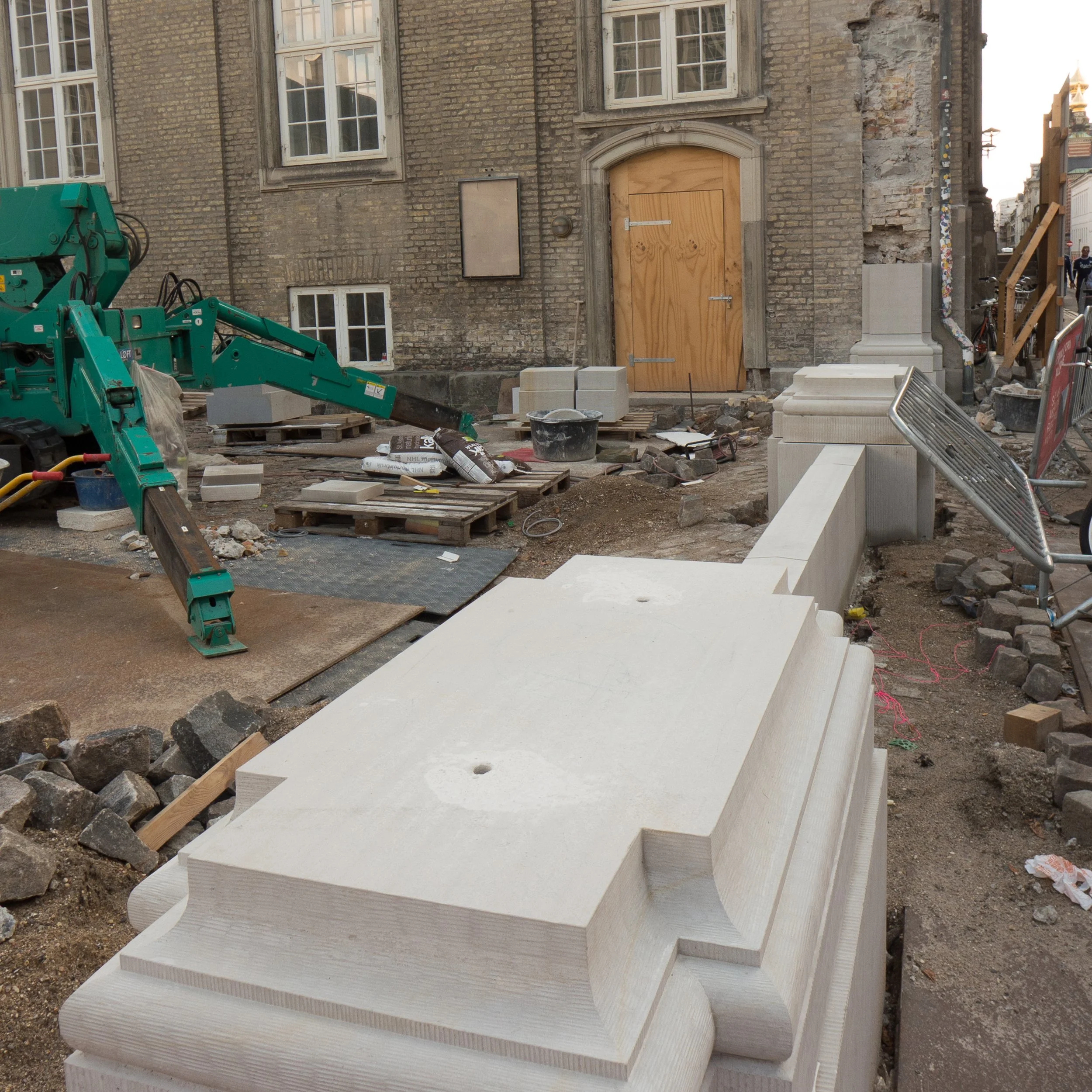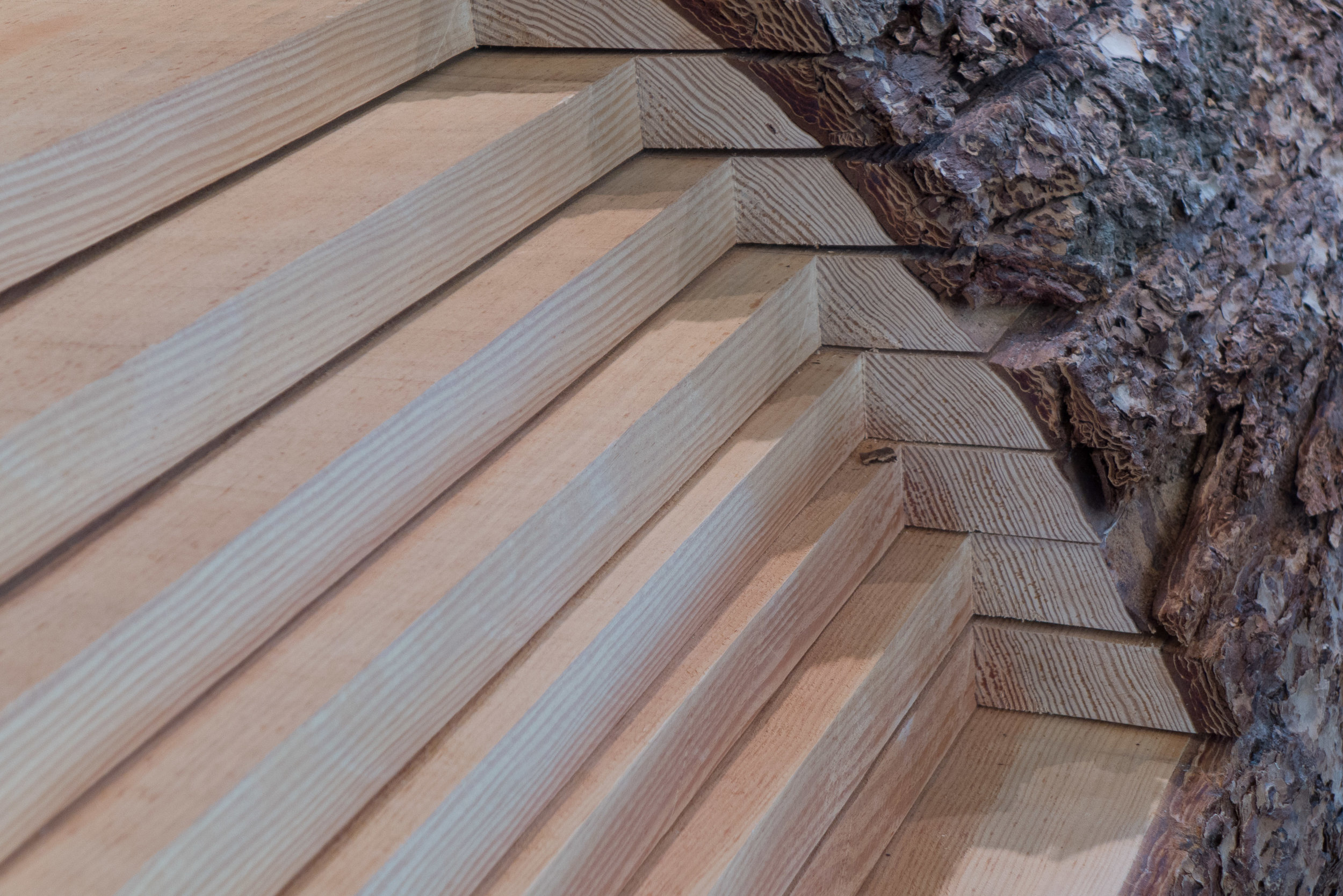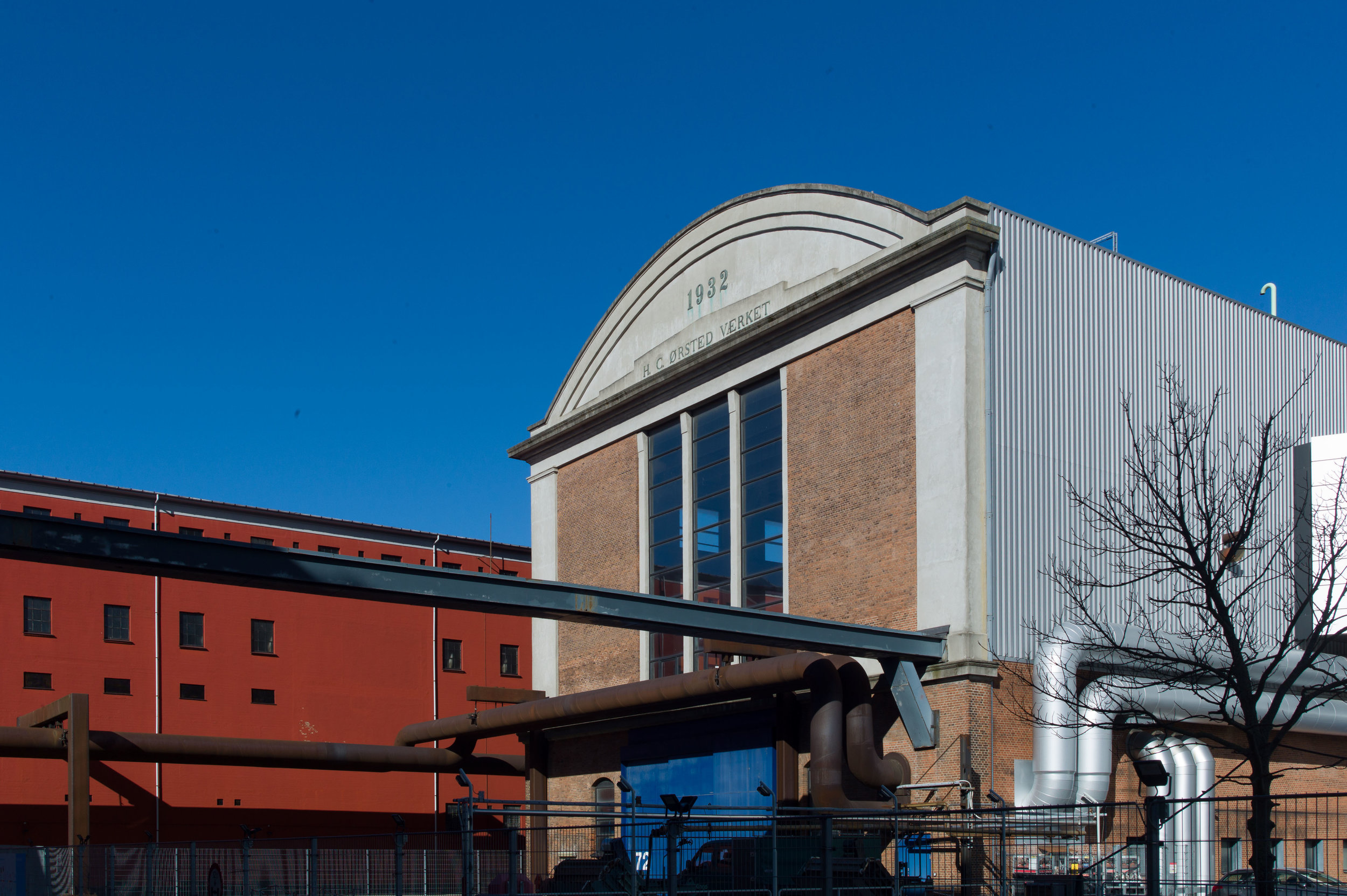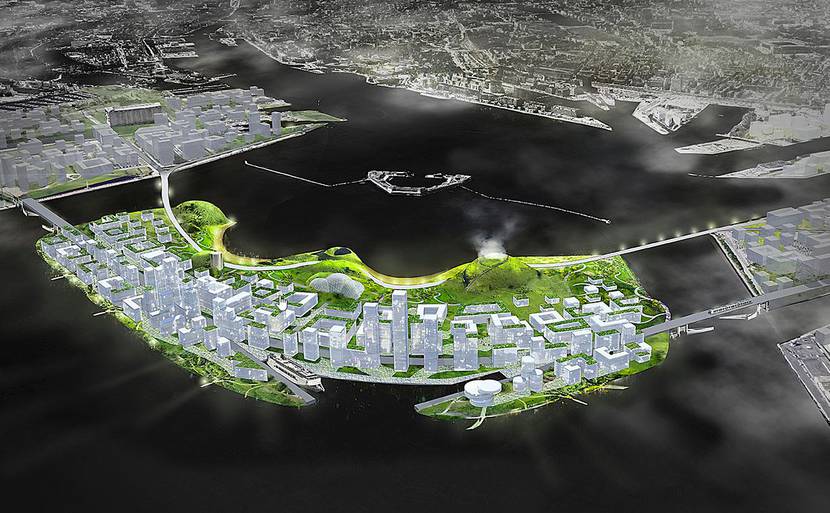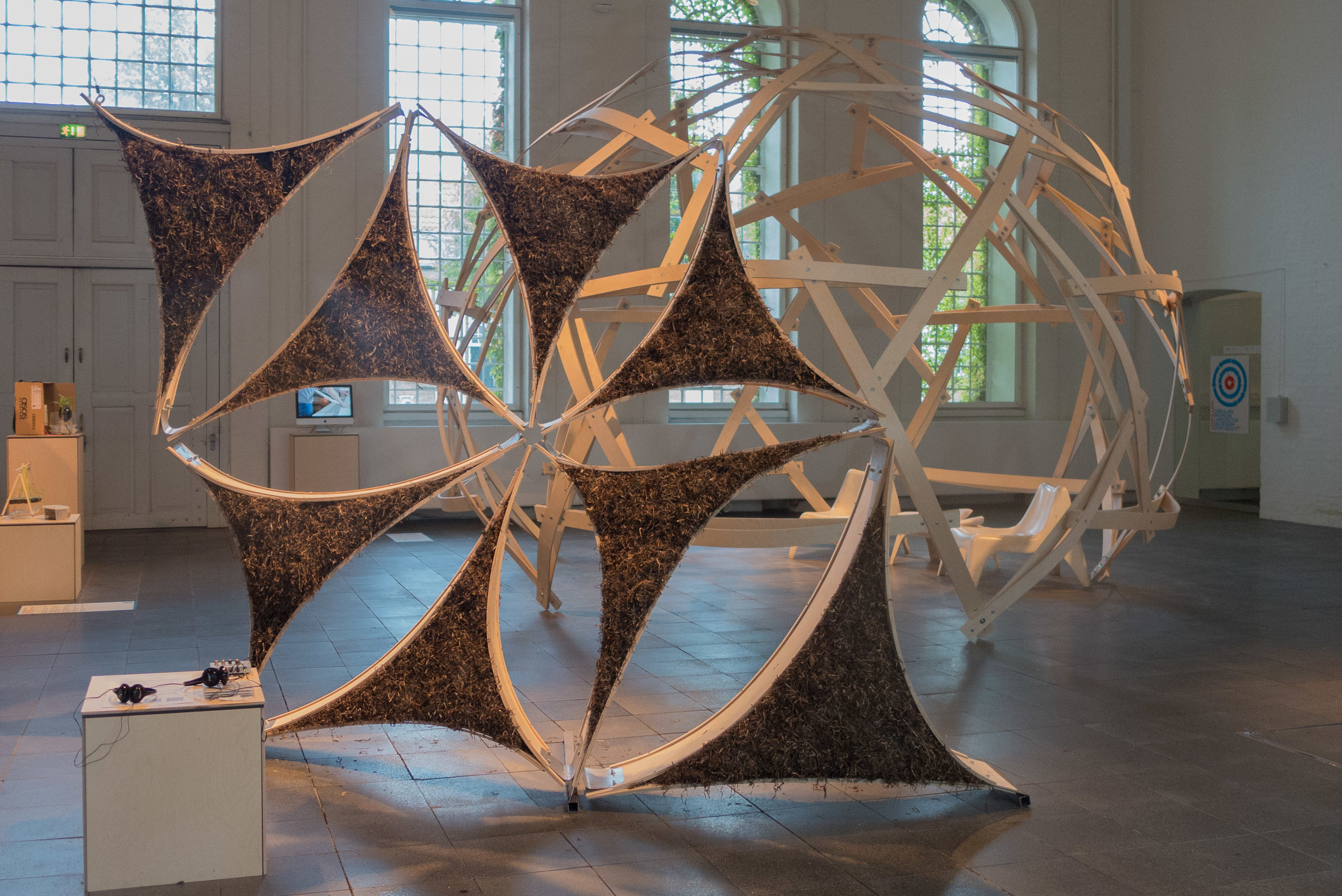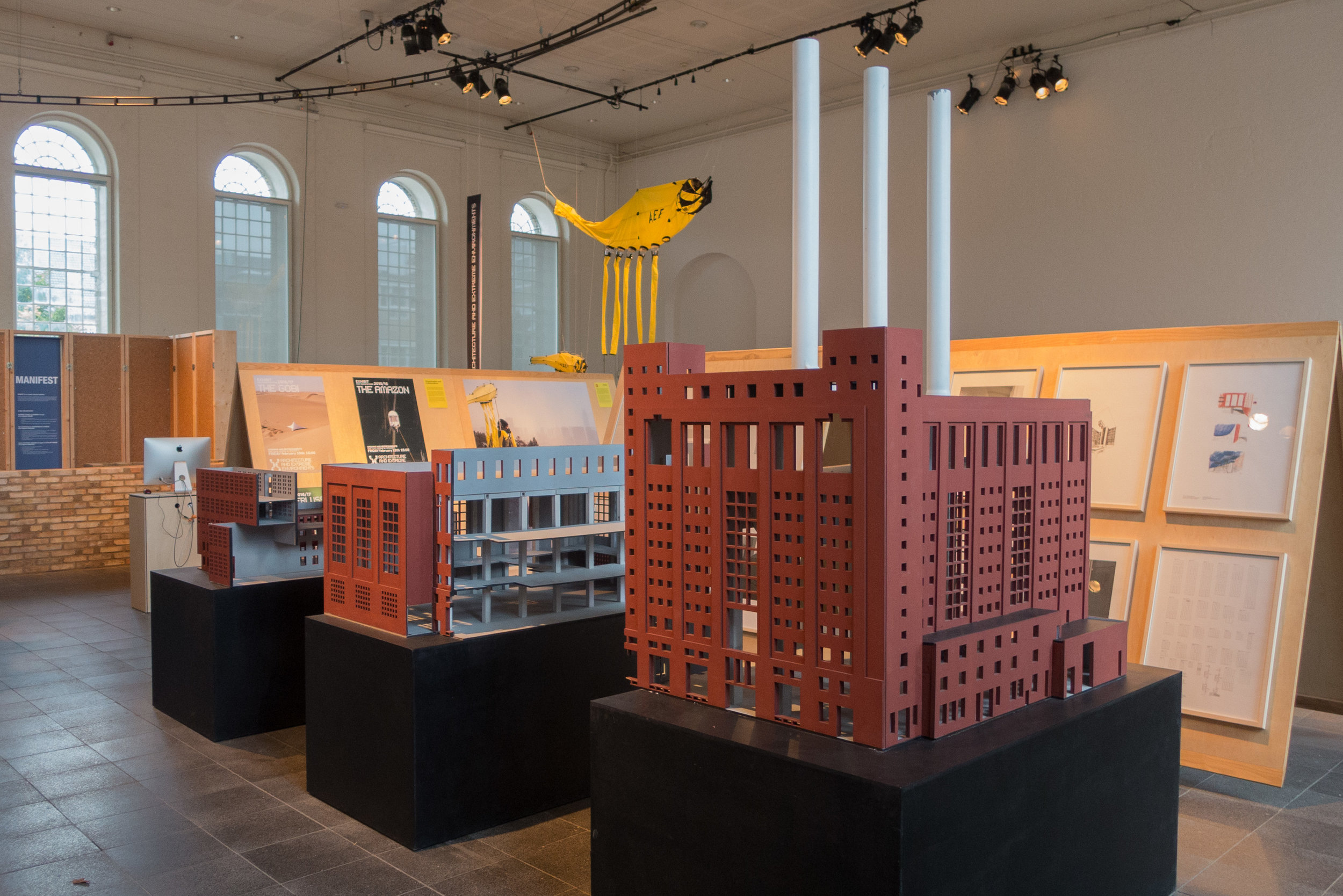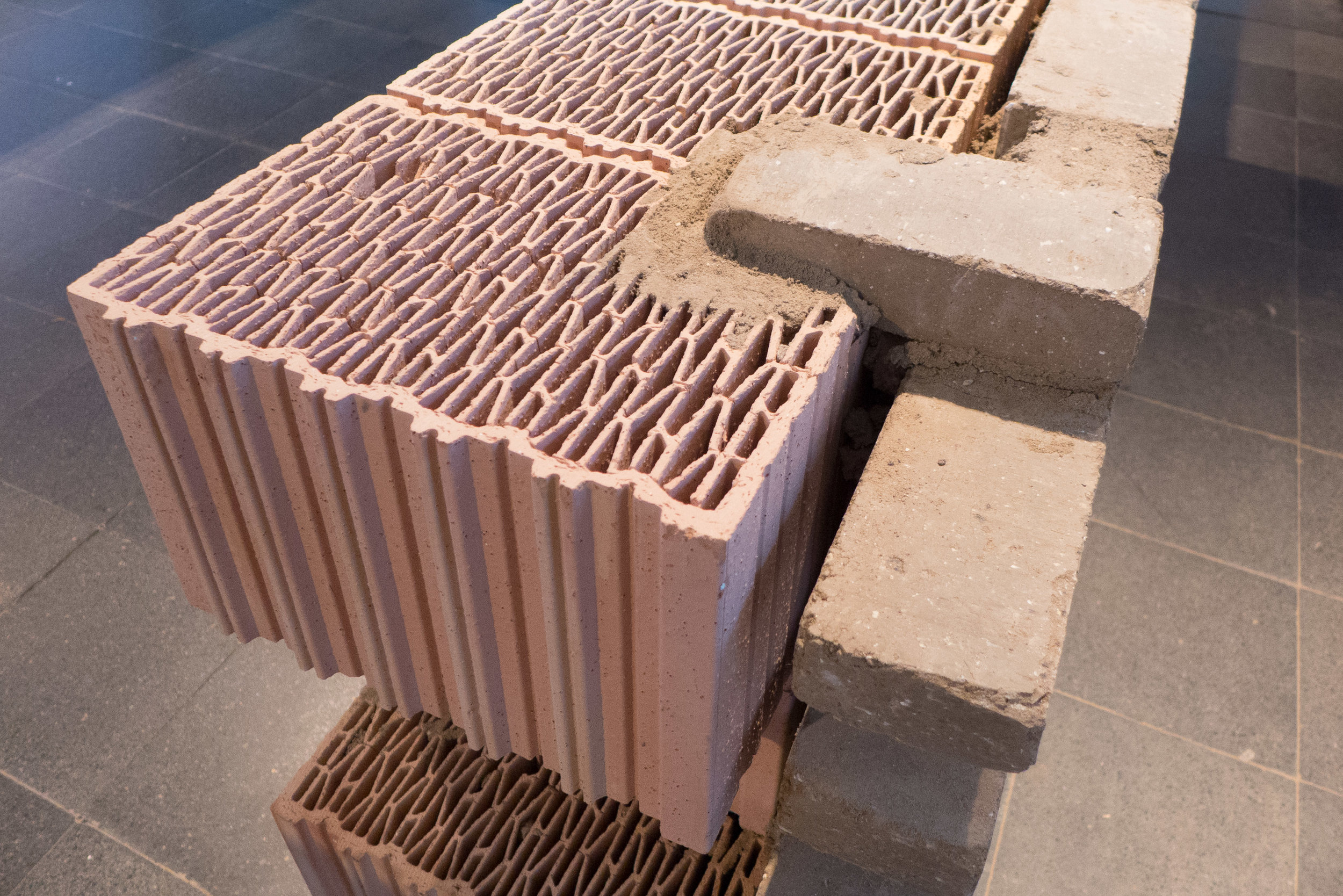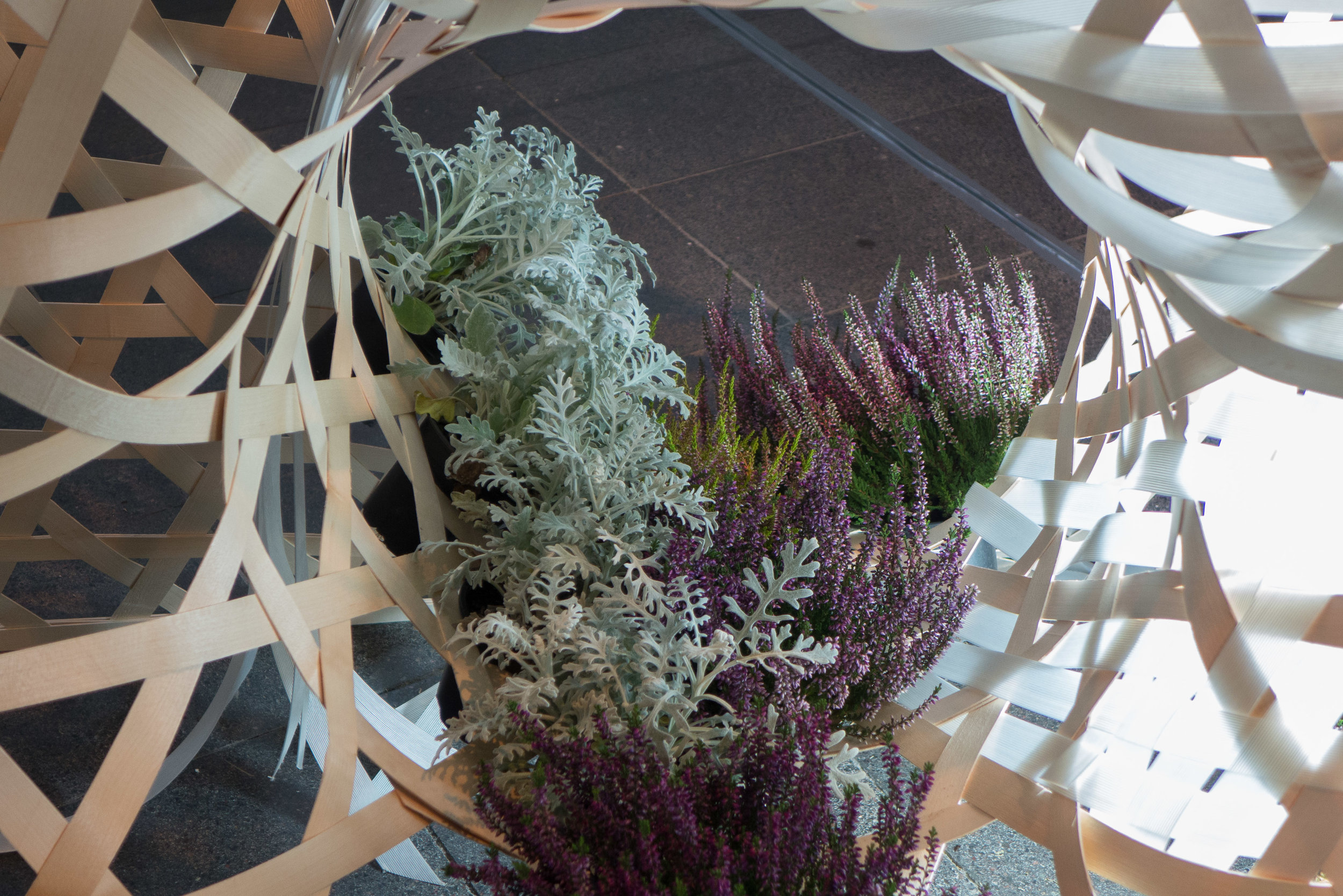Practice Futures
/A major exhibition, Practice Futures, has opened at KADK - the Royal Danish Academy of Fine Arts Schools of Architecture, Design and Conservation.
The full title of the exhibition is Technology in Architecture, Practice Future, Building Design for a New Material Age, and this is an import examination of that area, if you see it in terms of a Venn Diagram, where the disciplines or professional expertise of architecture, engineering, techniques of construction and the development and the technology of materials meet and overlap.
Fifteen research projects are presented here from international PhD students working in six major European research departments and working with fourteen established partners including major architectural practices, engineering companies and construction companies.
These ongoing studies are reassessing well-established materials such as timber and concrete and rediscovering or reassessing or developing techniques to shape, bend, finish and join materials to achieve new forms of construction such as large scale, computer-controlled extrusion or printing and the development of new materials for large-scale building projects.
This is about new tools and new approaches for reassessing traditional materials and established craft techniques but also about using computers to assess complex information; to solve unconventional design problems and to control systems for constructing new forms and new types of building.
Projects presented here are prototypes to demonstrate customised solutions to realise challenging new construction projects that not only have to take into account the need for high energy conservation but also have to tackle rapidly-developing problems or social pressures from population growth, and, as a direct consequence, find new solutions to the demands of cities that are growing at an unprecedented speed. This is construction design trying to deal with political and economic constraints and with the added and pressing demands of global climate change.
KADK Udstillingen og Festsalen
Danneskiold-Samsøes Allé 51-53
1435 København K
the exhibition continues until 7 December 2018









